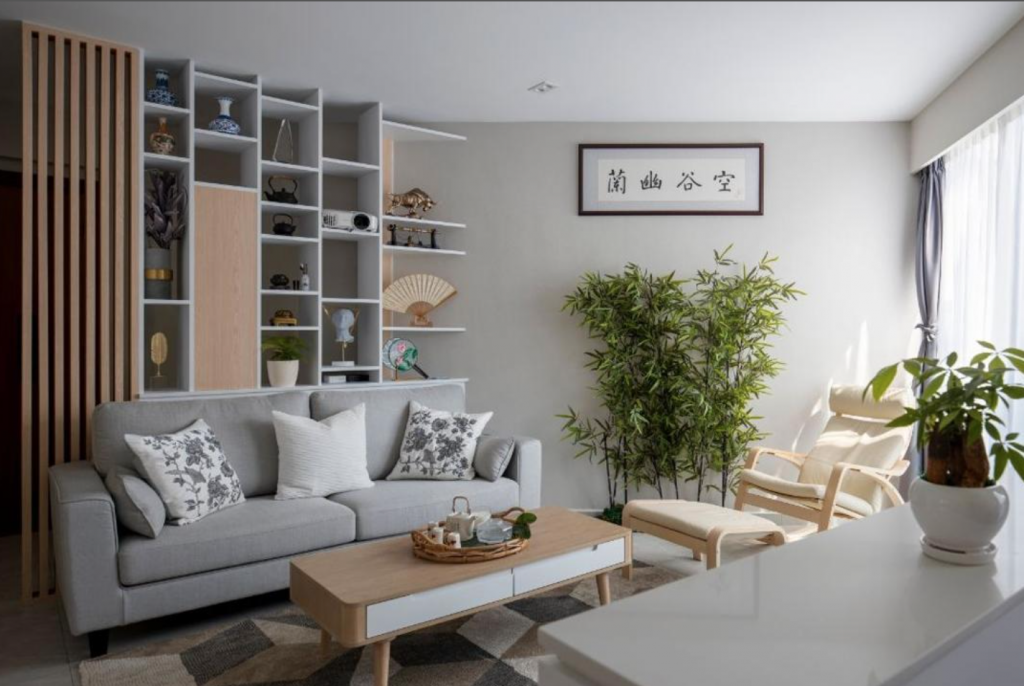
While a little humidity is tolerable, on some days, our tropical weather can make you feel uncomfortably warm and sticky! Plus, too much humidity in the home can result in:
- Unpleasant odours
- Growth of mould, mildew and dust mites
- Breeding of insects (e.g. spiders, drain flies and silverfish)
- Wet clothes taking a long time to dry
- Wear and tear or discolouration of personal belongings (e.g. wooden items, books, leather bags etc.)
Here are a few things you can do to minimise humidity and create a more comfortable indoor environment.
1. Invest in Dehumidifying Tools
Ideally, the ideal indoor humidity level should be between 40% and 50%. To reduce humidity in smaller areas like a cabinet or wardrobe, a disposable dehumidifier or charcoal sachets can protect your clothes from getting mould and mildew. For larger areas, a dehumidifier machine is a better bet.

2. Facilitate Ventilation

One of the most effective ways of combatting high humidity levels is a well-ventilated home. Simply open the windows or doors for better airflow.
3. Tweak the Air-Conditioning
Turning on your air conditioner not only cools down the room but also helps to reduce indoor humidity as the appliance replaces warm, humid air with cool dry air. Simply activate the Dry Mode (available in most air-conditioning units).

Remember to wash your air-conditioner filters regularly, for optimum performance.
4. Install Ceiling and Exhaust Fans
Cooking and cleaning are some of the daily activities that generate additional heat and humidity. Additionally, the heat and steam from hot showers can cause humidity levels to rise. Consider installing exhaust fans in the kitchen and bathroom to remove odours and improve the air quality in your home.
In the rooms, the breeze from the ceiling fan evaporates excess moisture and improves air circulation.

5. Adopt Lifestyle Changes
Moisture build-up tends to happen most in the bathrooms, which in turn causes humidity levels to rise. To counter this, consider lowering the temperature of your showers by just a few degrees so there’s less steam generated in the air.

Use a squeegee to wipe off excess water from your glass doors, walls and tiles. Remember to direct the excess water towards your bathroom floor trap and ensure that the water is properly drained.
6. Incorporate Plants
Plant parents rejoice! Introducing houseplants into your space not only helps to reduce moisture levels, they also breathe life into the space.

Certain types of houseplants, such as Boston ferns, Aloe Vera, Ficus trees can help absorb excess moisture in the air.
There you have it! You can now enjoy a cleaner and cooler home.
This article was contributed by Qanvast, Singapore’s go-to renovation platform. Whether you’re embarking on a major overhaul or a simple refresh, Qanvast can connect you to the right professionals for the job. Read the original article on Qanvast.


![[SL] MNH Banner](https://www.mynicehome.gov.sg/wp-content/uploads/2025/10/SL-MNH-Banner.webp)

